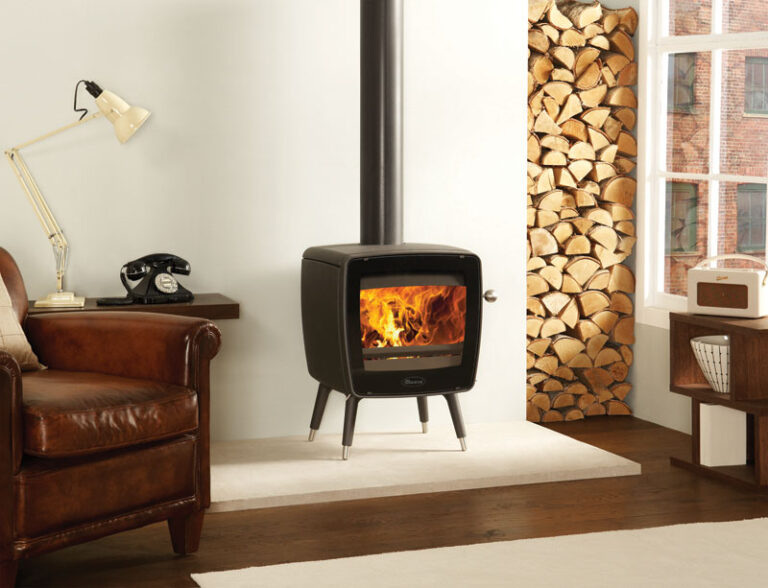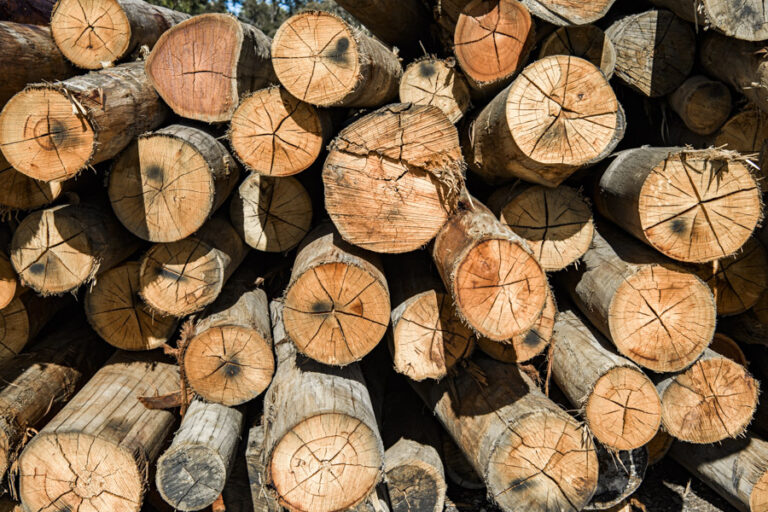
Burning Firewood
A series of quick tips for getting the best results when starting your fire.

When purchasing a wood heater make sure that it complies with the current Australian Standard, which sets a maximum emission limit of 4g of particle pollution for each kg of wood burnt. Check the label on the heater and consider choosing a model with the lowest emission limit and the highest efficiency rating. Combustion type wood heaters are much more efficient then open fireplaces.
Ask the retailer to help you choose the right size heater for your needs. Too small a heater can result in over-firing, which shortens the life of the heater. Too large a heater will have to be turned down most of the time. A big heater burning slowly makes more smoke then a smaller heater burning more quickly. Minimising wood smoke pollution improves air quality and saves you money by reducing running costs.
A well-operated heater should produce very little smoke. It will keep your home warm and your neighbours happy.
Keep your heater and flue in good working order. If your heater or fireplace is getting harder to light, or is producing too much smoke, it could indicate a build up of creosote (a complex chemical compound including tar and soot) in the flue.
Clean your flue annually or, if necessary, have it professionally cleaned. Service your heater during spring or early summer. This minimizes the corrosive effects of creosote residues and condensation during the off-season. If your wood heater is still producing too much smoke, arrange an inspection by a professional. It may need to be repaired or replaced.
A well insulated house can significantly reduce heating costs. Installing high-standard ceiling and wall insulation, double-glazed windows and floor insulation can effectively reduce energy consumption buy 20-40%.

A series of quick tips for getting the best results when starting your fire.

A series of quick tips for getting the best results when storing your firewood.
Use our convenient online ordering facility to place your firewood order and we’ll have it on the road for delivery in no time.
Want to pick up your firewood in your own trailer, truck or vehicle? Our yard is open 6 days a week.
785 – 811 Wallgrove Rd
Horsley Park NSW, 2175
View map?